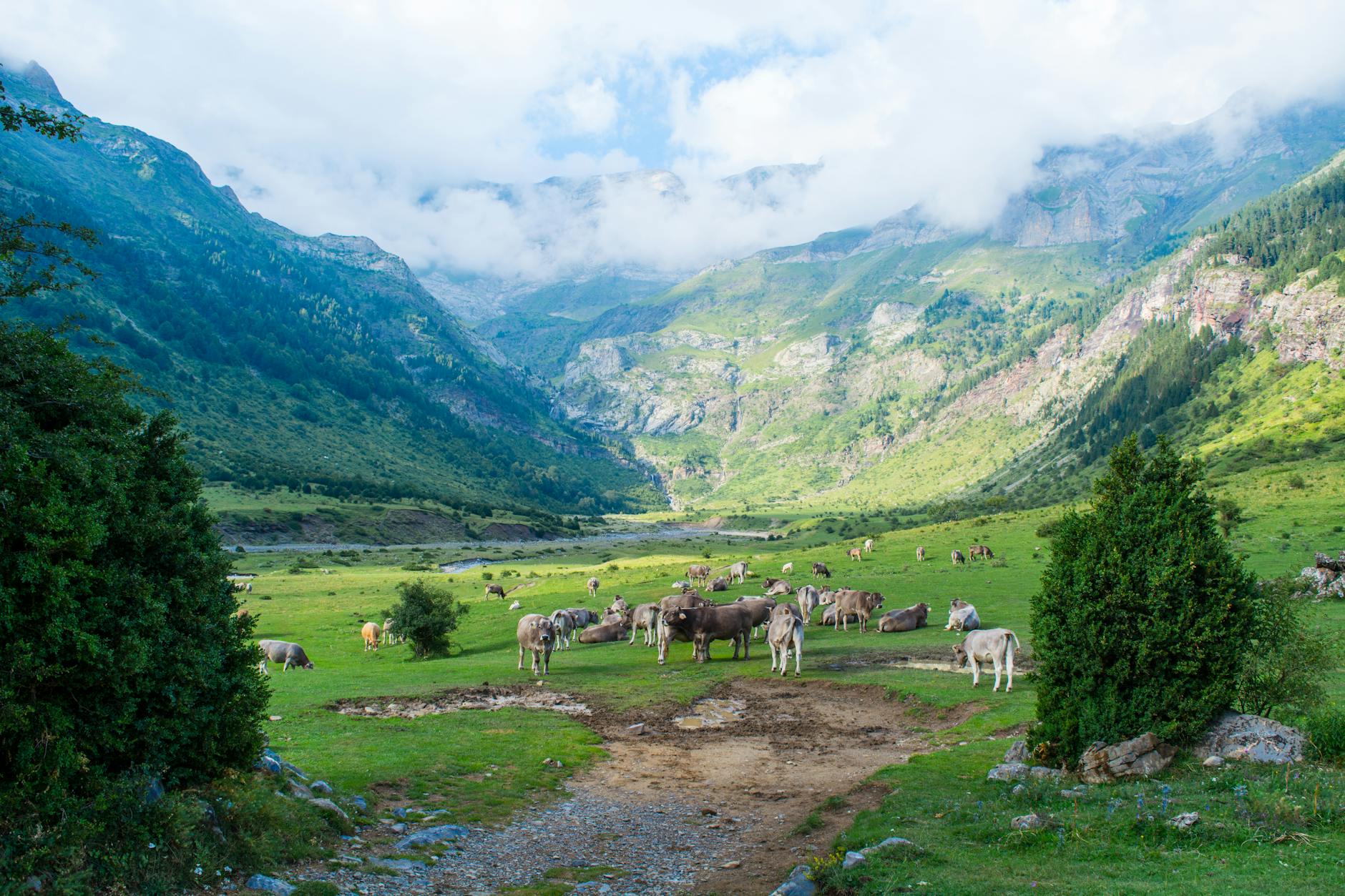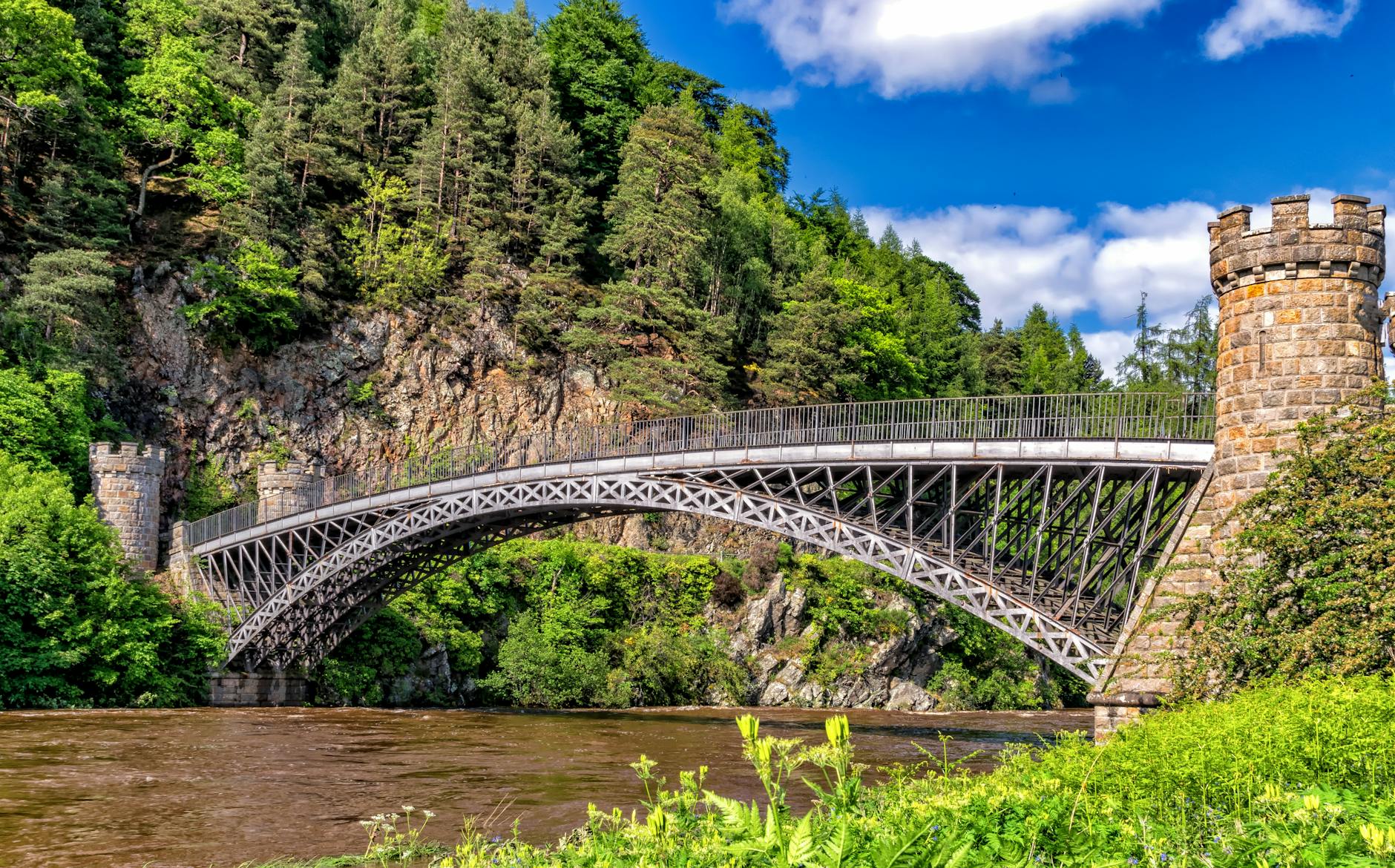How Field Biologists in Australia Are Shaping the Future of Environmental Preservation

Field Research in Australia
Key Ecosystems Explored
In my fieldwork across Australia, I've immersed myself in various unique ecosystems, drawing parallels to the biodiversity I have encountered in regions like Central America travel and South American rainforests. The Lone Pine Koala Sanctuary serves as a living museum, offering a close-up view of marsupials in their natural habitat, which provides critical insights into their roles within these ecosystems. These experiences have broadened my understanding of habitat structures and their influences on indigenous fauna.
Biodiversity Hotspots
My research has also taken me to the Brisbane Botanic Gardens at Mount Coot-tha and beyond, in search of biodiversity hotspots within Australia. This region is a treasure trove for any conservationist, much like the diverse landscapes in South American tours. Observing the interactions between endemic species and their environments reveals patterns that are essential for developing informed conservation strategies.
Tools and Equipment Used
In an effort to minimise our impact on these sensitive regions, I opt for lightweight yet robust gear. Binoculars and GPS devices are staples, along with digital tools equivalent to those used in Antarctic tours. Such equipment ensures accurate data collection without disturbing the wildlife. Documenting these adventures has become a thrilling part of the job, allowing for constant learning and a deeper appreciation of the natural world.
Conservation Strategies
Engaging in conservation strategies within Australia necessitates a thorough approach, particularly in areas like habitat restoration, endangered species protection, and community involvement. From my hands-on experience at the Brisbane Botanic Gardens at Mount Coot-tha, I've witnessed how community-driven efforts can revitalise local ecosystems. Here, let's delve into these critical conservation aspects.
Habitat Restoration Projects
Habitat restoration is an essential element in reviving Australian ecosystems impacted by human interference. A focused project often involves replanting native flora, controlling invasive species, and restoring wetland areas. I've had the opportunity to observe several initiatives where local botanists and volunteers collaborate, making a tangible difference in areas like the Brisbane Botanic Gardens at Mount Coot-tha.
Endangered Species Protection
The protection of endangered species is a monumental challenge. It's imperative that we implement comprehensive strategies to safeguard these species, including scientific monitoring and breeding programs. Collaboration with wildlife photographers, like those interested in African ecosystems, can create awareness similar to the captivating sights encountered during African tours or an African safari.
Community Engagement Programs
A key takeaway from conservation work is the power of community engagement. Programs that educate and involve the public often see long-term success. These initiatives foster community ownership and support, crucial components for ecological preservation akin to Kenya tours, where community interaction highlights various cultural and environmental landscapes. Engaging local communities not only aids in conservation but also enriches cultural ties and ensures sustainable practices.
Through these endeavours, it's evident how pivotal community involvement is to conservation strategies, drawing parallels between preserving Australia’s local treasures and engaging with broader global ecosystems.
Innovative Techniques in Research
Use of Technology in Data Collection
As a field biologist, the evolution of technology in our work is both an exciting challenge and a remarkable opportunity. My personal field anecdotes often see me trekking through the hushed depths of the Brisbane Botanic Gardens, armed with gadgets that feel like extensions of myself rather than cumbersome tools. Advanced drones and remote sensors have reshaped how I capture data and monitor wildlife behavior without intrusive human presence.
Non-Invasive Monitoring Methods
In the increasingly delicate balance of ecosystems, non-invasive methods are a game-changer. I've often marveled at the effectiveness of camera traps, capturing images without disturbing natural habitats. These tech tools provide valuable insights into animal behaviors during a South Africa safari, capturing moments beyond the reach of human observation, akin to a quiet afternoon venture in Queensland's Lone Pine Koala Sanctuary.
Collaborations with Indigenous Groups
Collaboration with Indigenous groups has deepened the understanding of our environment, leading to more effective conservation strategies. The traditional knowledge of these groups, honed over centuries, offers unparalleled perspectives and techniques that complement modern scientific methods. It reminds me of walks taken with Indigenous guides in Tanzania, akin to a Tanzania safari, where wisdom and tradition intertwine seamlessly with scientific inquiry. Engaging with these partners not only enriches our data but also fosters a mutual respect and commitment to our shared ecological heritage.
Success Stories and Challenges
Notable Conservation Achievements
In my years investigating and conserving ecosystems, several triumphs brightly highlight the path of environmental preservation. Among these, witnessing a resurgence of species in habitats once deemed fragile stands out prominently. The Zimbabwe safari offers a remarkable glimpse into effective conservation. Here, numerous wildlife species have thrived due to concerted efforts in anti-poaching measures and habitat restoration. Such dedication reflects a beacon of success for all involved in environmental conservation.
Overcoming Fieldwork Obstacles
Fieldwork, a cornerstone of ecological research, is fraught with numerous challenges—be it harsh weather conditions or logistical constraints. Just last year, while exploring remote areas for a Cuba travel conservation project, unexpected tropical storms disrupted our timelines, necessitating quick adaptive strategies. The complex interplay between local communities, logistics, and unpredictable environmental conditions taught me valuable lessons in resourcefulness and adaptability. This projects became a testament to the unpredictability inherent in conserving natural ecosystems.
Future Goals in Preservation
Looking ahead, the aspirations for ecological preservation become grander and more sophisticated. Emphasizing community involvement and integrating cutting-edge technology will be pivotal in addressing future challenges. For those passionate about conserving Australia’s unique biodiversity, platforms like the Lone Pine Koala Sanctuary and the Brisbane Botanic Gardens at Mount Coot-tha serve as inspiring models of habitat restoration and education. These places remind us of the continuous need to strive for balance between human activities and ecological integrity.
Recommendations for Aspiring Biologists
Core Skills and Traits
Navigating the realm of field biology requires a unique set of skills and traits. Essential competencies include observation, critical thinking, and adaptability. In the field, you become attuned to the rhythm of the ecosystem, whether you’re listening for subtle bird calls or interpreting faint tracks on a trail. My experiences at the Lone Pine Koala Sanctuary taught me the importance of patience and keen observation when monitoring koala behaviours. Adaptability is another critical trait—field conditions change rapidly, and whether you're met with unexpected weather or equipment failure, your ability to adapt can determine your research's success.
Vital Reading and Resources
For those eager to delve into environmental conservation, certain reading materials are indispensable. Among them, "The Australian Naturalist’s Guide to Birds" provides an excellent foundation in bird identification and habits. Additionally, the resources available at venues like the Queensland Museum and Sciencentre offer a wealth of knowledge on local fauna. These texts and institutions offer valuable contexts for understanding ecological interactions and conservation needs.
Building Networks and Continuously Learning
Establishing a robust professional network can significantly impact your career. I found opportunities to connect with like-minded experts at the Brisbane Botanic Gardens at Mount Coot-tha during their annual biodiversity symposiums. Furthermore, continual education through workshops and courses is vital to staying abreast of emerging technologies in research, such as the latest advancements in drone-assisted monitoring. Engaging with professional networks aids in broadening your scope of understanding and enriches your contribution to the field.


